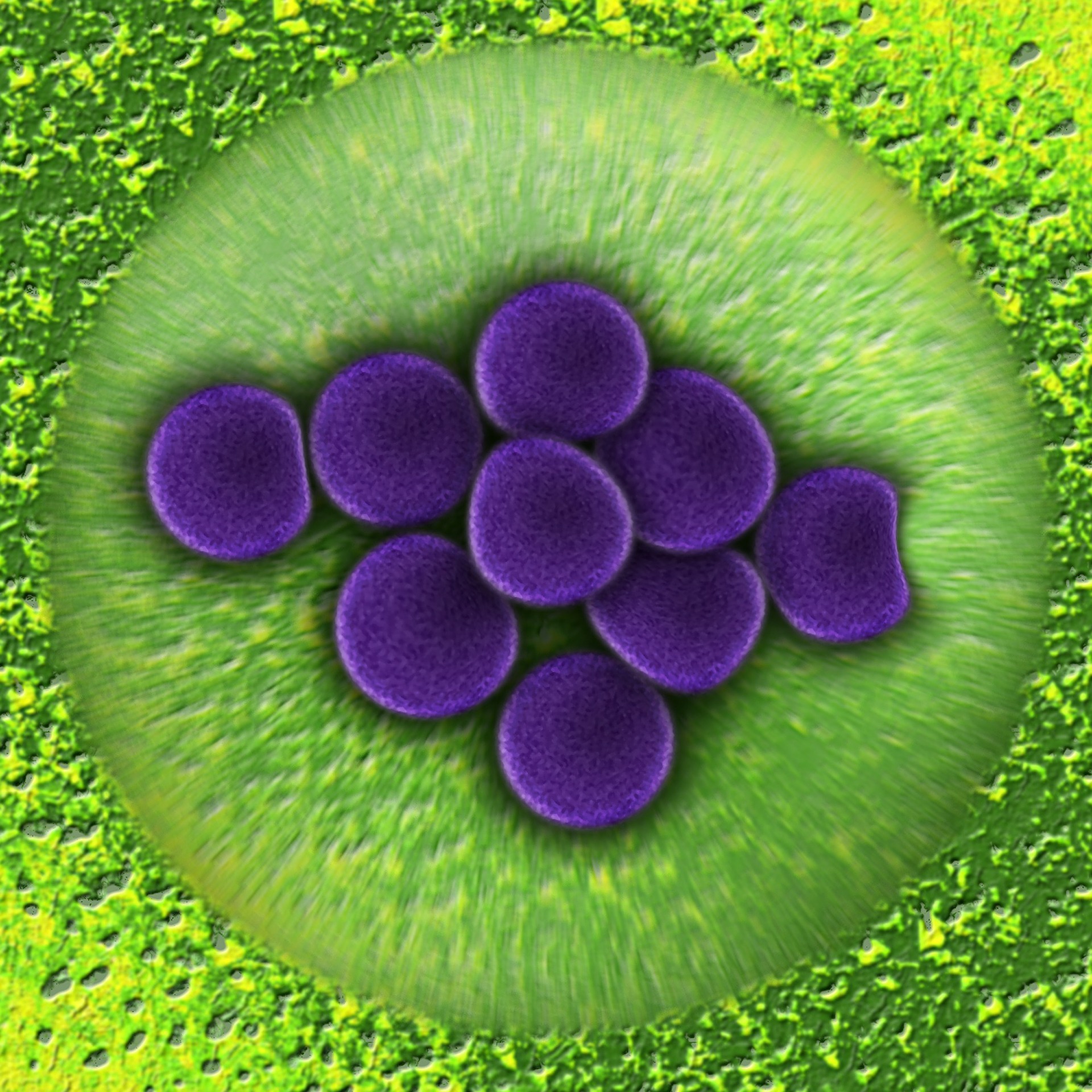Início Estudo da eficiência antibacteriana de preparações caseiras de Acmella ciliata (Kunth) Cass.,...
extrato aquoso

Estudo da eficiência antibacteriana de preparações caseiras de Acmella ciliata (Kunth) Cass., Lippia origanoides kunth, Punica granatum L. e Hymenaea courbaril in vitro sobre bactérias patógenas humanas
Resumo:
Introdution: Use of plant species is an ancient technique of treatment for the most diverse diseases. First records date from around 2500 BC in China, and are still being the biggest sources of therapeutic resources in many communities around the world. This fact has been consolidated due the wide range of species existing and their easy access, in addition to the low cost and practicality. Objective: Evaluate the antibacterial potential of some home preparations (infusion) intended for therapeutic use, and the possibility of improvement of the improvement of the use and applicability in order to make them more effective. Material and methods: The present research was carried out in vitro using different concentrations of aqueous extracts of Acmella ciliata (Kunth) Cass., Lippia origanoides kunth, Punica granatum L. and Hymenaea courbaril, obtained by infusion using crude extract (100%) and Diluted 80%, 60%, 40% and 20% on diffusion discs on pathogenic respiratory tract strains: K. pneumonia, P. aeruginosa and Staphylococcus aureus. Results and discussion: The extracts 100%, 80% and 60% of Punica granatum L. presented halo formation against the three pathogens mentioned, evidencing larger diameters of halo in S. aureus. The extracts of Lippia origanoides kunth and Hymenaea courbaril L. showed formation of halo only in 100% and 80%. The home preparations (teas) did not demonstrate activity detectable by the method used. Final considerations: The results presented for the aqueous extracts of the barks of Punica granatum L. demonstrate a promising natural antibacterial potential of alternative use against the three pathogens analyzed, considering the control of the conditions of extraction and storage of the aqueous extract.
Keywords: antibacterial activity, aqueous extract, Punica granatum, Pathogenic bacteria.
Expandir Resumo
Acessar Texto Completo

